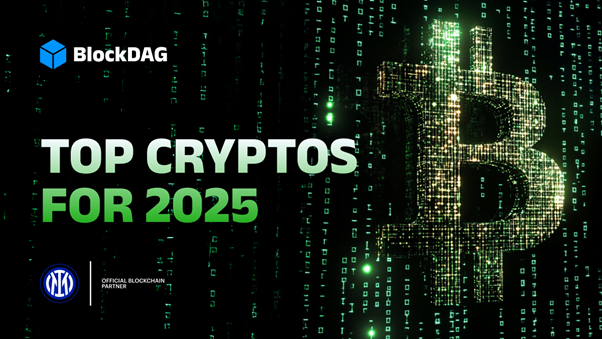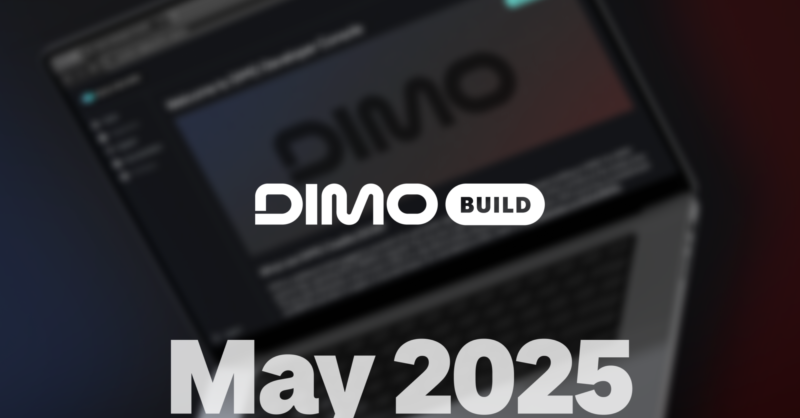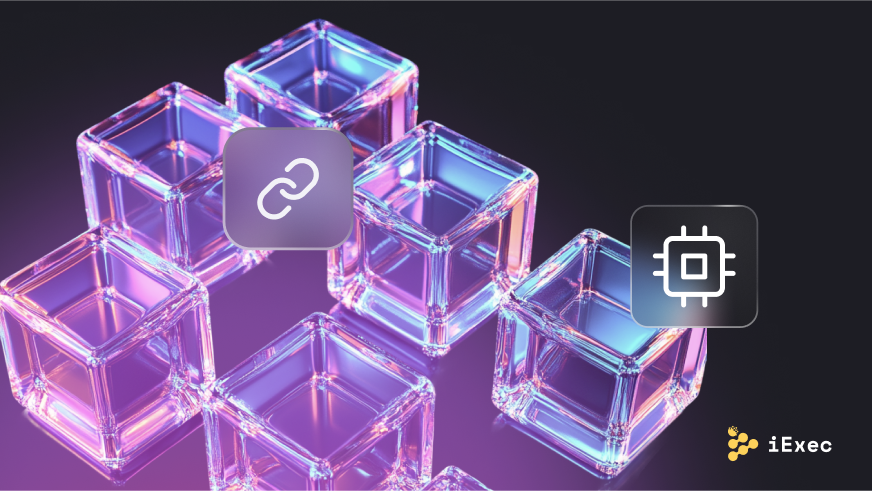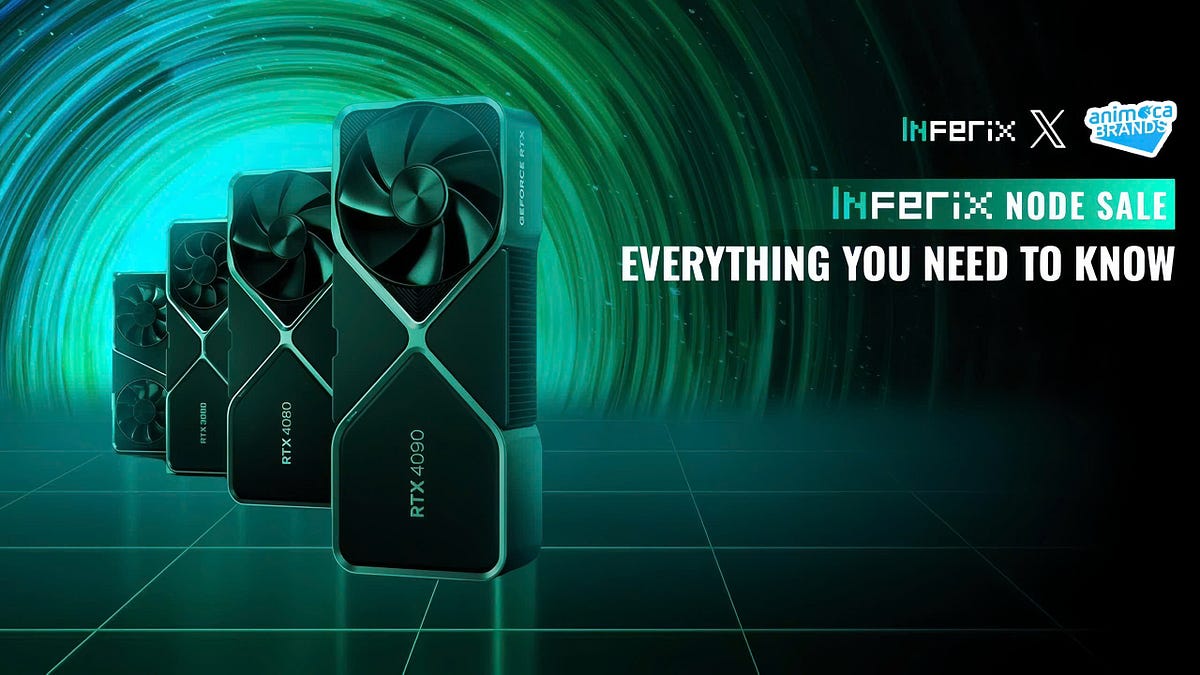CUDOS Achieves Major Milestones in Early 2025

The first two months of 2025 have been transformative for CUDOS, marked by significant milestones and exciting partnerships. A key highlight was the completion of the CUDOS-to-FET token migration in January, which allowed users to fully access, trade, stake, and utilize their $FET tokens. Major exchanges such as Gate.io and Ascendex facilitated smooth swaps, ensuring users could reclaim their $CUDOS easily. Additionally, the CUDOS Intercloud platform underwent a design refresh and introduced a new referral program, enabling users to earn commissions by bringing in new users. This program incentivizes sharing referral links and offers instant payouts in FET, fostering community engagement and growth.
CUDOS has also formed a strategic partnership with Rainfall, a privacy-preserving Personal AI platform, aimed at simplifying node deployment for operators within the Rainfall ecosystem. This collaboration promises seamless node setup through CUDOS Intercloud, providing scalable and cost-effective compute solutions for Web3 AI applications. As Pete Hill, VP of Sales at CUDOS, noted, this partnership enhances the adoption of decentralized cloud solutions, which are essential for the future of AI infrastructure. Furthermore, CUDOS is actively exploring the shift towards decentralized compute for AI inference, emphasizing that smaller, efficient AI models will drive demand rather than diminish it.
The growth statistics for January and February are impressive, with CUDOS surpassing 15,000 total ecosystem users and generating over $167,000 in revenue in January alone. February continued this upward trend, with user numbers exceeding 16,000 and significant compute hours consumed. These achievements set a promising foundation for CUDOS as it looks ahead to another breakout year in decentralized cloud computing. The community is encouraged to stay connected for future updates and to participate in the ongoing conversation across various social media platforms.
Related News





